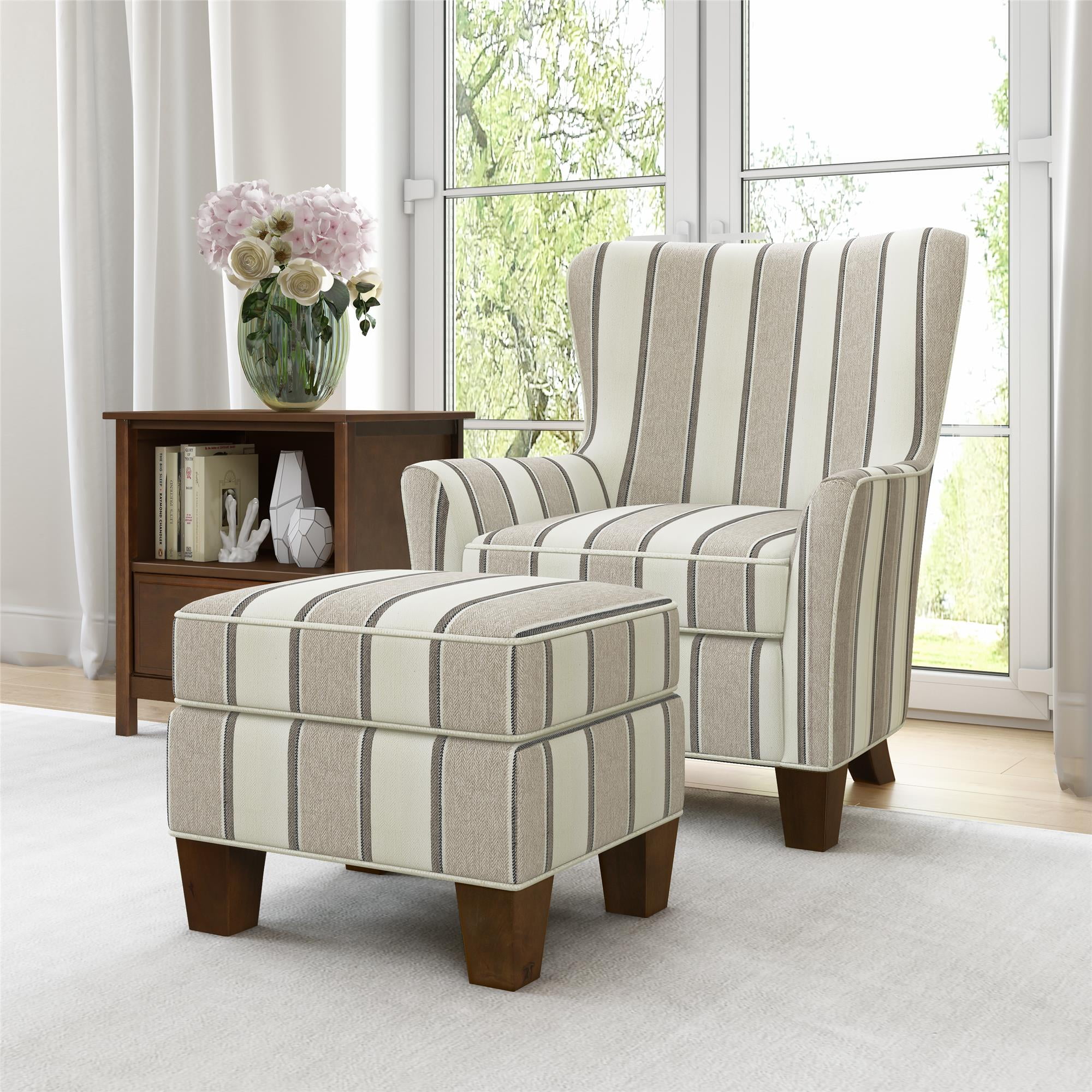Functionality and Practical Considerations: Black Chair With Ottoman

The synergy between a black chair and its accompanying ottoman extends beyond aesthetics; it significantly impacts functionality and user experience. The choice of chair and ottoman design directly influences comfort, posture, and overall practicality within a given space. Careful consideration of ergonomic factors and the specific functionality of the ottoman are crucial for maximizing the benefits of this furniture pairing.
Ergonomic Aspects of Chair and Ottoman Design
Different chair and ottoman designs offer varying levels of ergonomic support. A chair with proper lumbar support, adjustable height, and a contoured seat promotes good posture and reduces strain on the back and neck. Similarly, the ottoman’s height should complement the chair’s height, allowing for comfortable leg and foot placement. Ottomans with adjustable height further enhance ergonomic benefits, catering to individual preferences and needs. For instance, a chair with a waterfall seat edge (where the front edge is slightly curved downwards) reduces pressure on the underside of the thighs, improving circulation and comfort during prolonged sitting. This is particularly important when paired with an ottoman that allows for leg elevation, minimizing pressure points and improving posture.
Ottoman Functionality: An Exploration of Styles
Various ottoman styles offer distinct functionalities. Storage ottomans provide hidden compartments for storing blankets, books, or remote controls, maximizing space efficiency. Tray ottomans incorporate a removable or hinged tray, creating a convenient surface for drinks, snacks, or working materials. Chaise ottomans, featuring a longer, extended surface, offer additional leg and foot support, resembling a mini chaise lounge. The enhanced user experience is evident in each style: the storage ottoman streamlines clutter, the tray ottoman promotes comfortable multitasking, and the chaise ottoman provides exceptional relaxation and support. Consider, for example, the convenience of a storage ottoman in a small living room, eliminating the need for additional storage units. Or imagine the productivity boost of a tray ottoman allowing for comfortable laptop use in a home office.
Pros and Cons of Black Chair and Ottoman Combinations
The decision to incorporate a black chair and ottoman into a space necessitates a pragmatic assessment of its advantages and disadvantages.
- Pros:
- Versatile and complements various decor styles.
- Relatively easy to clean (depending on the material).
- Offers enhanced comfort and support compared to using a chair alone.
- Provides additional seating or footrest options.
- Storage ottomans maximize space efficiency.
- Cons:
- Black can show dust and dirt more readily than lighter colors.
- May require more frequent cleaning.
- Some materials may be less durable than others.
- Can appear stark or formal in some settings, requiring careful integration into the overall design.
- Cost can vary significantly depending on materials and style.
Manufacturing and Sourcing Information

The production of a high-quality black chair and ottoman set involves a complex interplay of material selection, manufacturing processes, and ethical sourcing considerations. Understanding these aspects is crucial for consumers seeking both aesthetic appeal and responsible consumption. This section details the manufacturing process, ethical sourcing strategies, and guidance on purchasing such a set.
Manufacturing Processes for High-Quality Black Chairs and Ottomans, Black chair with ottoman
Creating a durable and aesthetically pleasing black chair and ottoman requires precision and skill. The process typically begins with material selection. For the frame, hardwoods like oak or walnut offer superior strength and longevity, while less expensive options like pine or engineered wood can be used for budget-friendly models. Upholstery fabrics range from durable leather and high-quality microfiber to more budget-friendly options like polyester blends. The frame is assembled using techniques like mortise and tenon joinery for superior strength or more modern methods involving screws and dowels for quicker assembly. The chosen upholstery fabric is then carefully cut and sewn, often using industrial sewing machines, before being attached to the frame using staples or specialized upholstery tacks. Finally, the ottoman is constructed using similar techniques, ensuring consistent style and quality with the chair. High-end models may incorporate additional features such as hand-stitching, custom-designed hardware, and foam padding with varying densities for optimal comfort.
Ethical and Sustainable Material Sourcing
Ethical and sustainable sourcing is paramount in minimizing the environmental impact of furniture production. This involves choosing responsibly harvested wood certified by organizations like the Forest Stewardship Council (FSC), ensuring the wood comes from sustainably managed forests. For upholstery fabrics, opting for materials with low environmental impact, such as organic cotton or recycled polyester, is crucial. Leather sourcing should prioritize tanneries committed to reducing water and chemical usage. Furthermore, responsible manufacturers prioritize reducing waste throughout the production process, implementing recycling programs for scrap materials and minimizing energy consumption during manufacturing. Transparency in the supply chain is also vital, allowing consumers to trace the origin of materials and ensure ethical labor practices. For example, a manufacturer might publicly disclose their suppliers and their commitment to fair wages and safe working conditions.
Purchasing a Black Chair with Ottoman: A Buyer’s Guide
Selecting a black chair and ottoman requires careful consideration of several factors. The following guide Artikels key steps to ensure a satisfying purchase.
- Define your budget: Establish a clear budget range to guide your search, considering variations in materials, construction, and features.
- Assess your style preferences: Determine the desired style – modern, traditional, minimalist, etc. – to narrow your options.
- Consider the quality of materials: Prioritize durable materials like hardwood frames and high-quality upholstery fabrics for longevity.
- Check construction details: Examine the joinery, stitching, and overall craftsmanship to ensure quality and durability.
- Evaluate comfort and ergonomics: Test the chair and ottoman for comfort and proper support, considering factors like seat height, depth, and back support.
- Read reviews and compare prices: Research different brands and models, comparing features, prices, and customer reviews.
- Verify the manufacturer’s sustainability practices: Choose manufacturers committed to ethical and sustainable sourcing practices.
